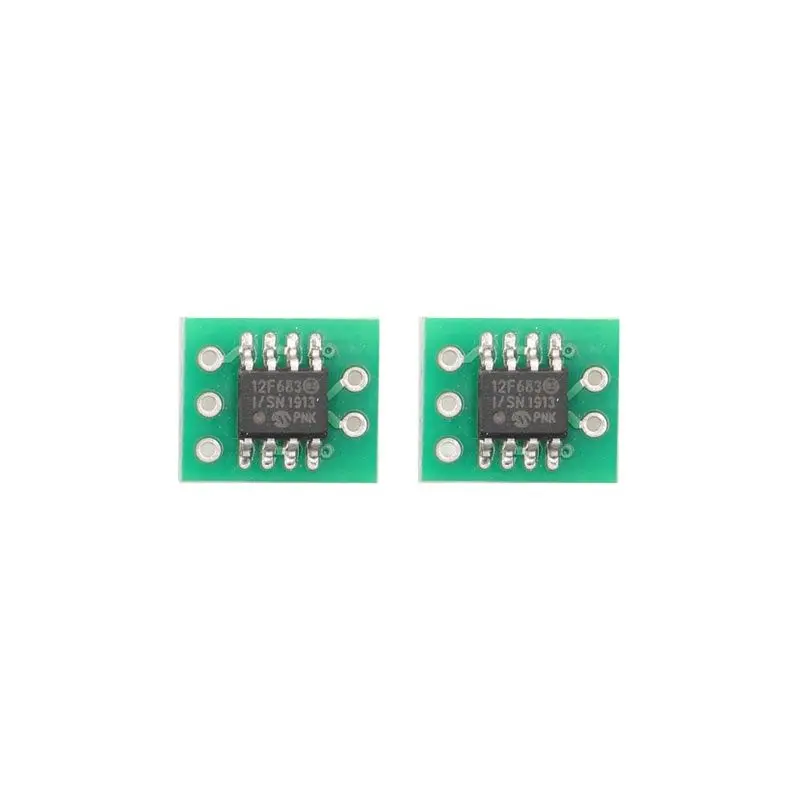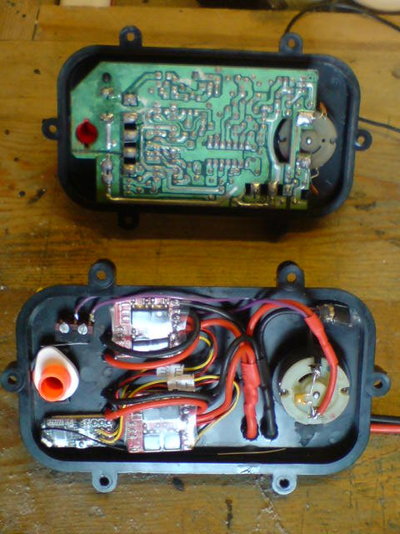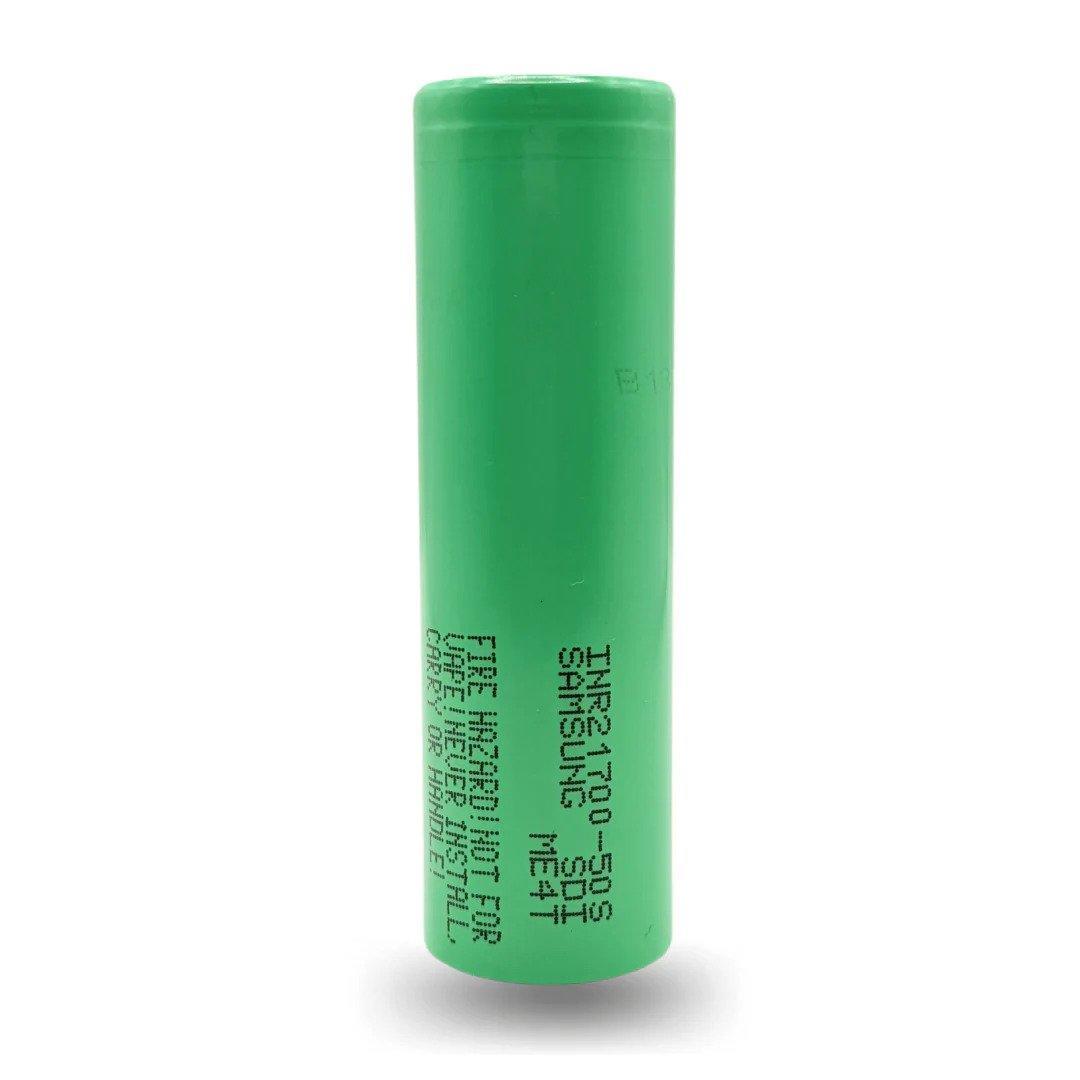for some reason I've recently become interested in radio controlled model hovercaft, so I thought I's gently dip my toes into the water so got an old school taiyo edge off ebay, I got it for less than £18 including postage but came without a transmitter , which wasnt an issue as I planned to upgrade the radio gear to todays modern 2.4GHz systems rather than the old 27Mhz systems.

if you look on youtube a few of these have already converted to modern radio gear and now use 3s lipo batteries so the batteries are 11.1v instead of 9.6V, but I want my radio controlled toys to un on 3.7v batteries, which meant that everything electrical on it would need to be replaced. One of the issues with working with low voltages is the voltage drop as the current increases, when you're just using 1 cell in series but not a problem when using multiple batteries in series. A result of this was that I started in measuring the voltage drop across different connectors and wire sizes. I was lucky that I found suitable new motors that were the same size as the old ones, but ditched the old direction propellers as I made adaptors that allowed me to try different 5" quad propellers that were cut down to size, so I could try ones with different pitches and number of blades. with the thrust being measured on a scale and compared to the current drawn

and the electronics, I used the original housing as it is waterproof, on the left is the lift motor, and that is switched on by the white cam on the right which operates a tiny microswitch below it, but that cant handle the current of the motor (about 3.5 amps) so that uses a tiny mosfet to turn the motor on and off. ( the contacts for the switch were originally on the circuit board that operated the radio gear and motors but that was thrown away, but I think my way of doing it was a neat solution to the problem. both of the thrust motors have a separate speed controller, the are designed to work at a higher voltage than I used, but with a bit of simple rewiring work fine (and they were cheap too) I got 5 for £14 delivered but looks like the price has gone up

 www.aliexpress.com
www.aliexpress.com
and above the cam on the right is the radio control receiver than I use

and there is all the electric waiting to go, complete with batteries, but more about that in a follow up post, and something unusual about their usage in radio controlled models

with the battery at the front being lighter than the original one (and providing more power), it made sense to reduce some weight at the back, so most of the propeller shroud was removed. Im old enough to know that you dont stick your fingers in propellers and if you do its your own fault, and secondly it has to slow the hovercraft down.

before I got to this stage I got another similar one off ebay, its a later one that is a copy of the one Ive modified, its all complete and working ( the yellow one at the pic at the bottom) and that cost £16 including postage, but its another future project but at least I could compare the performance of a standard one and my modified and and the modified one has 30% more thrust that the standard one
 and the thrust is measured by sticking it in a digital luggage scale, resetting the weight to zero and then giving it full throttle, (nice and easy once you've worked out how to do it ) and the weight of the modified one is 50 grams lighter too.
and the thrust is measured by sticking it in a digital luggage scale, resetting the weight to zero and then giving it full throttle, (nice and easy once you've worked out how to do it ) and the weight of the modified one is 50 grams lighter too.



then its time to take it out for a play and compare it to the standard one. they are only suitable for going on a polished wooden floor or water, but since Im a member of a model boating club they are getting used to me doing my own thing. the standard one and the modified ones are like night and day,
1) duration - with the modified one it'll run for 30 to 45 minutes but the standard one is 10 to 15 minutes run time mix.
2) steering - the standard transmitter is awful to use as each thust motor has its own forward/reverse control so to turn right you move the left stick forward and to turn right you move the left stick forward. with modern radio gear it can work out the magic so its simple left and right on one stick and forwards/backwards on the other.
3) thurst - the increase in thrust means that it is faster over the water, and the increase in speed and the controllable steering mean that you can drift it too, which is more fun than going in a straight line. I can change the propellers to higher pitch ones to get more thrust if required, but the duration will go down.

and a few weeks ago I saw a smaller one on ebay, but from the pics couldnt see how it go lift, its was complete without a battery charger, but cost less than £14 including postage so thats another project., buts performance worse than the yellow one, but they are cheap toys to play with.
so thats something that Ive been playing with recently, I need to do another post on here about using Li-ion batteries and also using mosfets for low speed switching as it may be of help to other people, we have all different hobbies catered for on this site


if you look on youtube a few of these have already converted to modern radio gear and now use 3s lipo batteries so the batteries are 11.1v instead of 9.6V, but I want my radio controlled toys to un on 3.7v batteries, which meant that everything electrical on it would need to be replaced. One of the issues with working with low voltages is the voltage drop as the current increases, when you're just using 1 cell in series but not a problem when using multiple batteries in series. A result of this was that I started in measuring the voltage drop across different connectors and wire sizes. I was lucky that I found suitable new motors that were the same size as the old ones, but ditched the old direction propellers as I made adaptors that allowed me to try different 5" quad propellers that were cut down to size, so I could try ones with different pitches and number of blades. with the thrust being measured on a scale and compared to the current drawn
and the electronics, I used the original housing as it is waterproof, on the left is the lift motor, and that is switched on by the white cam on the right which operates a tiny microswitch below it, but that cant handle the current of the motor (about 3.5 amps) so that uses a tiny mosfet to turn the motor on and off. ( the contacts for the switch were originally on the circuit board that operated the radio gear and motors but that was thrown away, but I think my way of doing it was a neat solution to the problem. both of the thrust motors have a separate speed controller, the are designed to work at a higher voltage than I used, but with a bit of simple rewiring work fine (and they were cheap too) I got 5 for £14 delivered but looks like the price has gone up

1 / 2 / 5 / 10 / 20 / 50 /100 pcs 20A Bustophedon ESC Brushed Speed Controller For RC Car Truck Boat Remote Control Toys - AliExpress 26
Smarter Shopping, Better Living! Aliexpress.com
and above the cam on the right is the radio control receiver than I use
and there is all the electric waiting to go, complete with batteries, but more about that in a follow up post, and something unusual about their usage in radio controlled models

with the battery at the front being lighter than the original one (and providing more power), it made sense to reduce some weight at the back, so most of the propeller shroud was removed. Im old enough to know that you dont stick your fingers in propellers and if you do its your own fault, and secondly it has to slow the hovercraft down.
before I got to this stage I got another similar one off ebay, its a later one that is a copy of the one Ive modified, its all complete and working ( the yellow one at the pic at the bottom) and that cost £16 including postage, but its another future project but at least I could compare the performance of a standard one and my modified and and the modified one has 30% more thrust that the standard one

 and the thrust is measured by sticking it in a digital luggage scale, resetting the weight to zero and then giving it full throttle, (nice and easy once you've worked out how to do it ) and the weight of the modified one is 50 grams lighter too.
and the thrust is measured by sticking it in a digital luggage scale, resetting the weight to zero and then giving it full throttle, (nice and easy once you've worked out how to do it ) and the weight of the modified one is 50 grams lighter too.then its time to take it out for a play and compare it to the standard one. they are only suitable for going on a polished wooden floor or water, but since Im a member of a model boating club they are getting used to me doing my own thing. the standard one and the modified ones are like night and day,
1) duration - with the modified one it'll run for 30 to 45 minutes but the standard one is 10 to 15 minutes run time mix.
2) steering - the standard transmitter is awful to use as each thust motor has its own forward/reverse control so to turn right you move the left stick forward and to turn right you move the left stick forward. with modern radio gear it can work out the magic so its simple left and right on one stick and forwards/backwards on the other.
3) thurst - the increase in thrust means that it is faster over the water, and the increase in speed and the controllable steering mean that you can drift it too, which is more fun than going in a straight line. I can change the propellers to higher pitch ones to get more thrust if required, but the duration will go down.
and a few weeks ago I saw a smaller one on ebay, but from the pics couldnt see how it go lift, its was complete without a battery charger, but cost less than £14 including postage so thats another project., buts performance worse than the yellow one, but they are cheap toys to play with.
so thats something that Ive been playing with recently, I need to do another post on here about using Li-ion batteries and also using mosfets for low speed switching as it may be of help to other people, we have all different hobbies catered for on this site





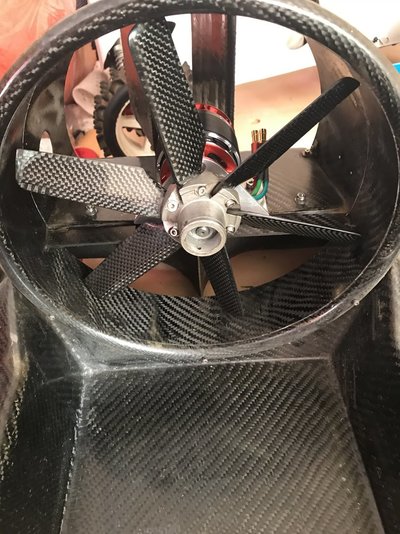

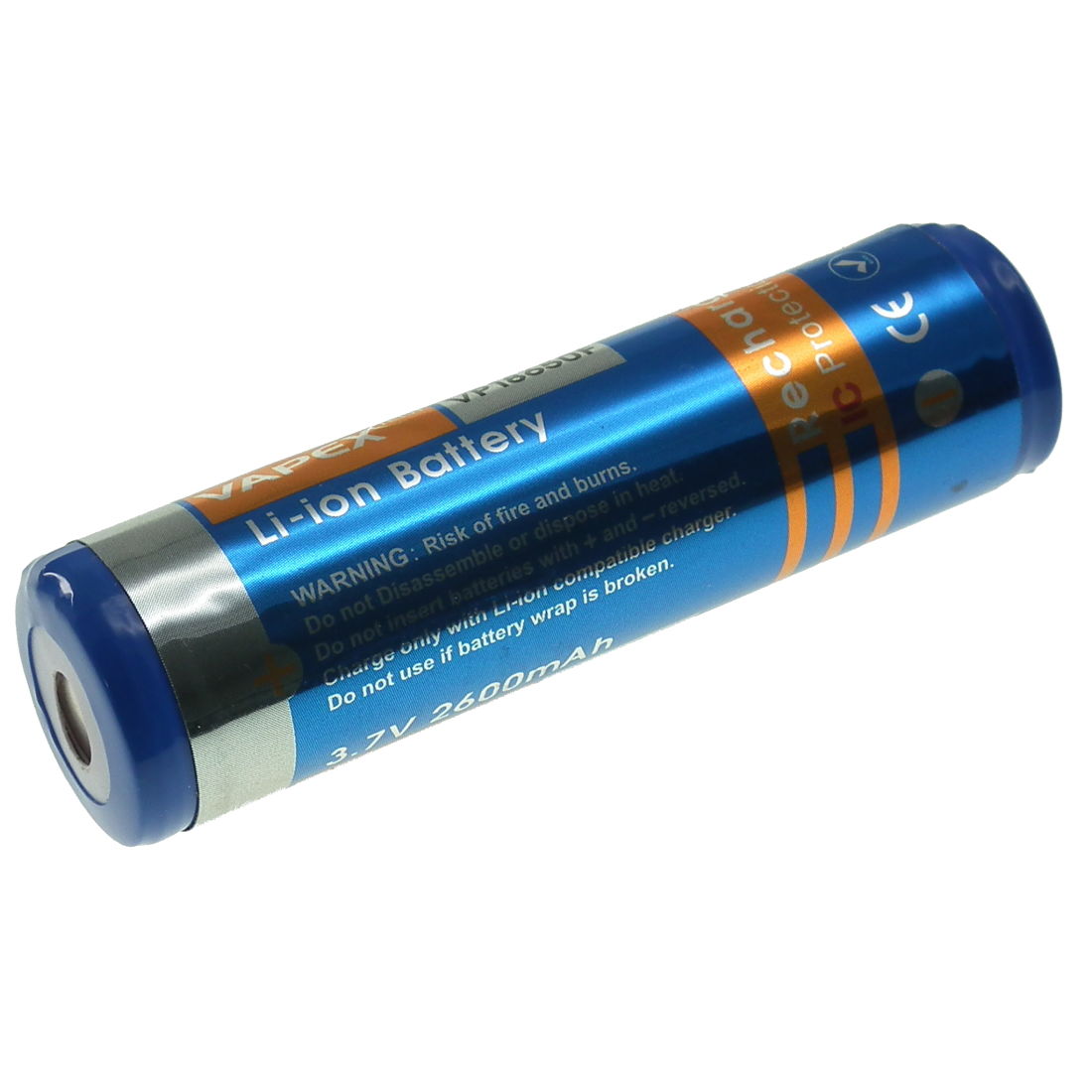




 )
)